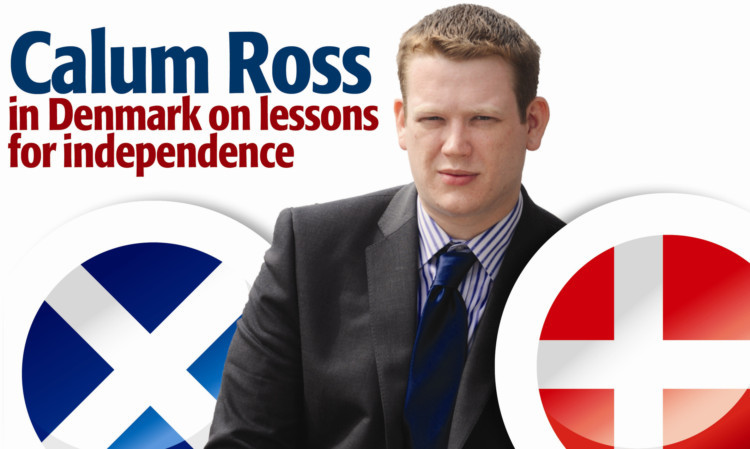A country that leads the world in wind energy is planning to halt the development of new turbine schemes onshore.
Denmark’s energy and climate minister Martin Lidegaard told The Courier that the nation is close to reaching its “limit” for windfarms.
And he described the Scottish Government’s target of having 100% of electricity from renewable energy by 2020 as “very ambitious”.
Mr Lidegaard said his government’s green energy focus over coming years will be on offshore wind, and it will start taking down many windfarms on land, replacing them with more efficient but fewer turbines.
Since the 1970s, Denmark has been a pioneer of wind energy, producing about half the world’s turbines, with the industry accounting for 10% of the country’s exports.
The Danish government wants to produce 50% of its electricity needs from wind by 2020, and hopes to remove generous subsidies for onshore wind soon after that target date.
Asked how the country managed to overcome the type of community objections to turbine schemes witnessed in Scotland, he said the government had forced developers to offer 20% ownership of each turbine at cost price.
“You have a tendency that if people don’t have a share in the windmill, they just think it’s disgusting,” he said.
“But if they see when the wind is blowing they are actually making money, the ownership of the windmill and the project is more,” he said, before admitting he profited himself from a turbine scheme before becoming a minister.
However, he added: “Of course there is a limit to how much wind you can put on land. We are close to reaching that limit in Denmark.”
Speaking in his office at the Energy Ministry in central Copenhagen, Mr Lidegaard explained why Denmark had put so much faith in wind.
“We consider the whole, you could call it the extreme green makeover of our energy system, as something we ought to do, and because we can do it,” he said.
“Secondly, we’re pretty convinced that the whole Europe and Denmark over the next 20 years are going to renew or replace of our present power capacity, and it would be a historic mistake if we once again lock ourselves into coal and gas, which we are dependent on imports.
“We have a historic chance to change that now. We also think it makes good economy.”
Despite the long-term focus on green energy, Denmark’s renewables target for 2020 is well below Scotland’s.
“It’s a very ambitious target Scotland has got,” the minister said.
“Of course, you can’t reach that, in the case of Denmark and Scotland, without putting a lot of effort into energy efficiency and energy savings, because that is the most cost-effective, efficient way to reduce.”
Calum Ross has been reporting from Denmark throughout this week, interviewing a series of government ministers, senior politicians and leading academics, to find out what potential opportunities and pitfalls the Danish model could offer Scotland. See his reports in the ‘More on this story’ section above.
